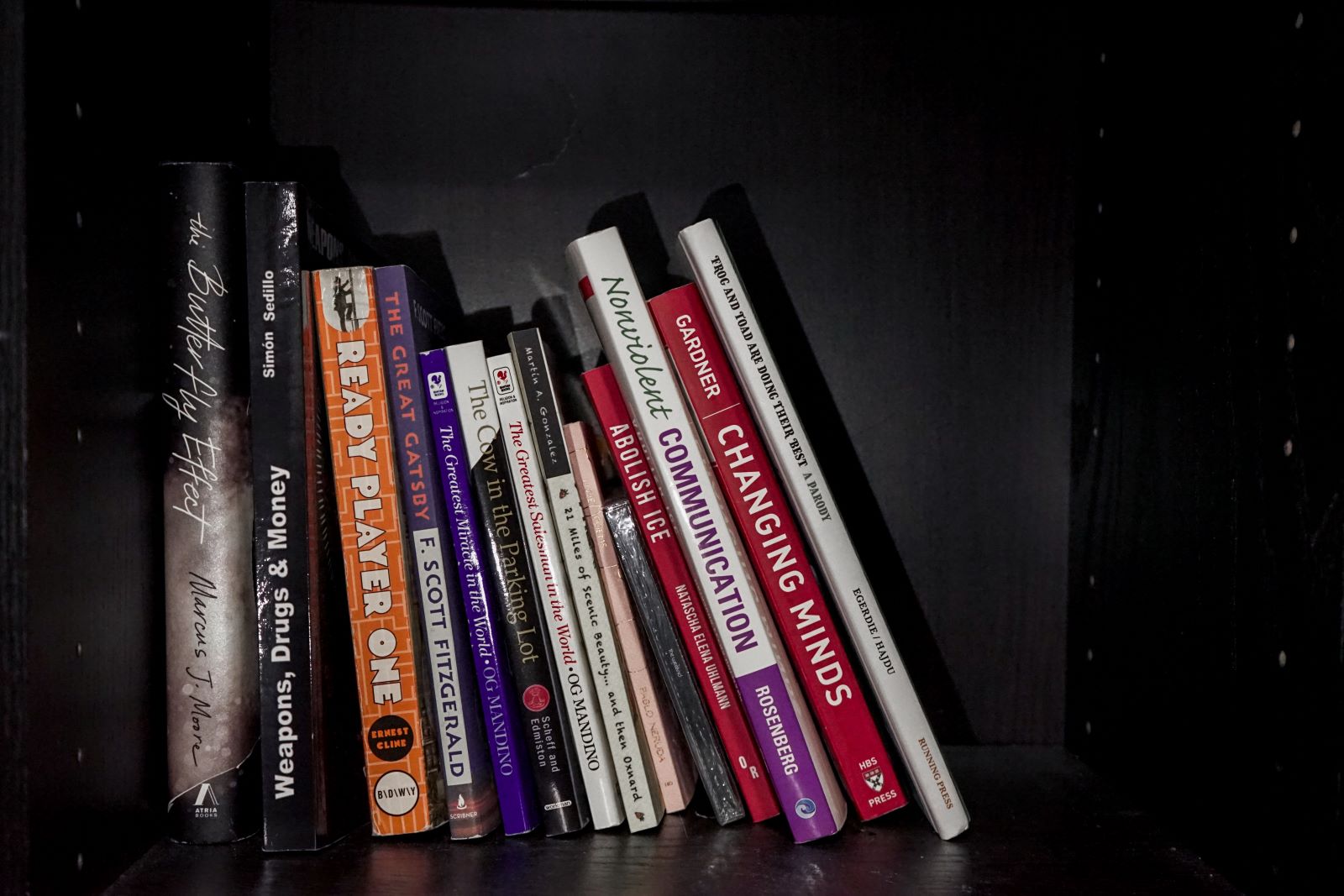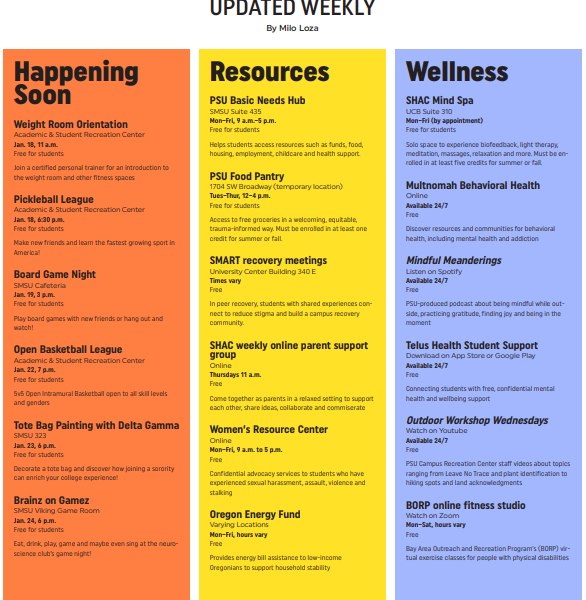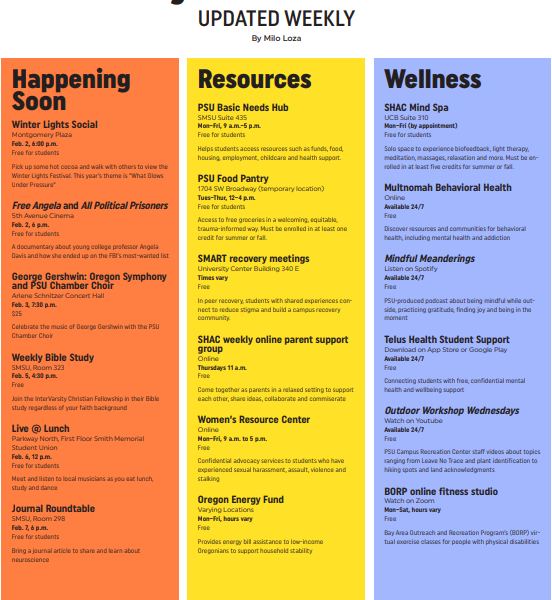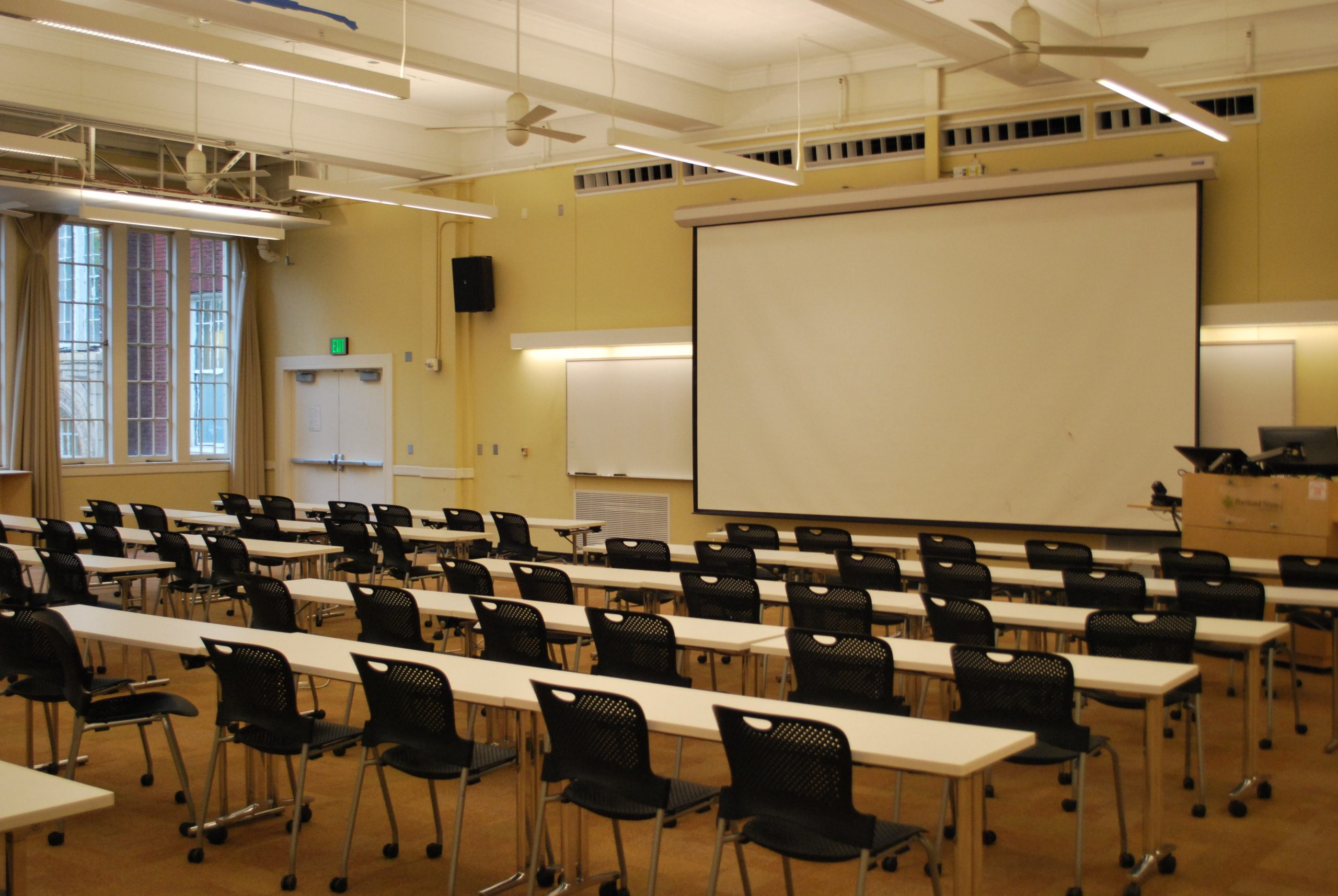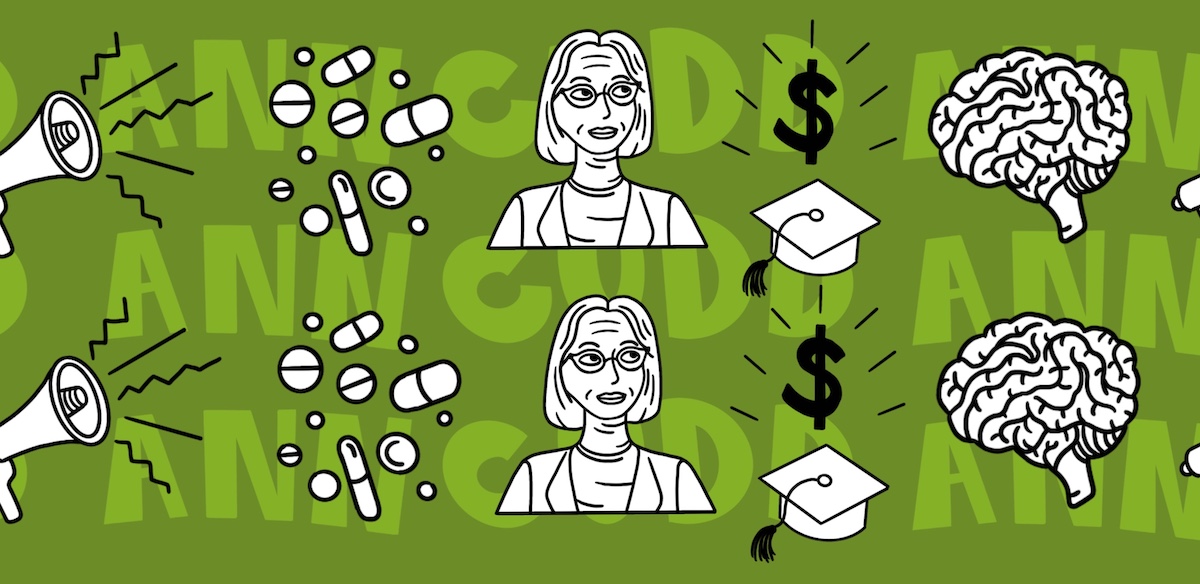When envisioning a conducive learning environment for our children, one hopes to find a safe environment for productive and comprehensive learning. However, with the rise in gun violence in schools, astronomically low literacy rates and some parents seemingly more worried about the content of a book aligning with their religious values than if their child can read that book, one might start to question the priorities shaping our educational landscape.
This concern is partly fueled by the alarming decline in literacy rates, reaching a 21% illiteracy rate among adults in the United States as of 2024. The urgent need for increased support becomes evident, as neglecting to address this issue could exacerbate students’ challenges in developing crucial reading skills.
Students’ reading level is influenced by various factors, with home reading playing a crucial role in child literacy. Creating a conducive learning environment at home is essential, but economic struggles in many households raise questions about families’ capacity to do so.
Additionally, the COVID-19 pandemic has significantly impacted education. Most schools expect students to bridge the gap and catch up, but they face challenges, particularly because the support given to families to actually do that is limited.
While the direct impact of COVID-19 on learning is acknowledged, the lack of economic support further compounds the challenges, potentially leading to more severe consequences for families.
As economic conditions in the U.S. continue to harden, the impact on children’s education becomes evident. With the rising cost of living—like the need to make upwards of $120,000 a year to own a home in 2024—more people find themselves entrenched in poverty as traditional full-time careers prove insufficient.
Extensive research highlights the detrimental effects of poverty on education. These peripheral issues impacting learning are important but are secondary to an ongoing crisis and attack on the very foundations of education.
For years, private schools have wedged their way into demanding federal funding for a segregated learning environment. Despite what many people assume, private schools aren’t more advanced and you aren’t paying for a better system.
Understanding the correlation in social economics between children who can afford private school and those without that choice is essential to understanding why this separation exists.
It’s evident that the groups advocating for private schools are attempting to reduce funding for public schools and actively working towards their complete dismantlement. Thus, it has become like privatized healthcare—it stops providing care and becomes about making money.
We should do something about this, right? Go to our city council to demand change? Some groups are making notable changes to their school’s curriculum, but it’s not for the better.
Moms for Liberty has gained national attention for spearheading a significant wave of book banning. They are definitely dedicated to the cause, but this cause is exponentially trivial unless you—like this group—find the increase in awareness of real situations that teenagers might face a threat to your agenda.
This group explicitly aligns itself with Christian Nationalism, and other groups are forming simply to combat their lobbying efforts, such as STOP Moms for “Liberty.”
Moms for Liberty has compiled lists detailing the books which they’ve deemed unworthy. This has led to the banning of many titles, such as I Am Jazz by Jessica Herthel, And Tango Makes Three by Peter Parnell and Pride: The Story of Harvey Milk and the Rainbow Flag by Rob Sanders.
The demand for segregated learning environments by advocating for private schools and dismantling public schools mirrors this fight to ban books where groups advocating for specific educational ideologies aren’t just defending their beliefs but attempting to control others’ beliefs as well.
The real concern emerges not only from their proactive elimination of themes and ideas they disagree with, based solely on their subjective values but also from their dissemination of misinformation actively fostering hatred towards specific groups.
This underscores a broader challenge in education, where the battle extends beyond differences in beliefs to an attempt at controlling and shaping the collective narrative within the educational landscape, thus attempting to control the minds of future generations.
Because if the group indeed aimed to improve schools and make them safer for their children, why aren’t they lobbying for gun reform? Given that this environmental pressure not only impacts children’s safety but also weakens the learning environment.
It’s crucial to recognize that schools—once considered places solely for learning—are now potential sites for mass shootings. Gun violence stands as the leading cause of death for children. Since the attack at Columbine High School in 1999, over 360,000 children have been exposed to gun violence at school.
The presence of more guns and fewer books raises serious concerns. The most imminent threat to children at school isn’t necessarily a perceived harmful ideology but armed individuals who can tragically take the lives of the very children the group claims to be advocating for.
Book banning is fundamentally about disempowering students, especially minority groups who need representation and have sensitive issues. Although we might not have heard it happening as much in Oregon, it definitely is.
Book banning is a concerning trend which is compounding conditions that worsen the experiences of children, especially those in a minority population. Books possess the transformative power to instill kindness and empathy in children, because it becomes significantly more challenging to teach hate when exposed to messages of compassion.

